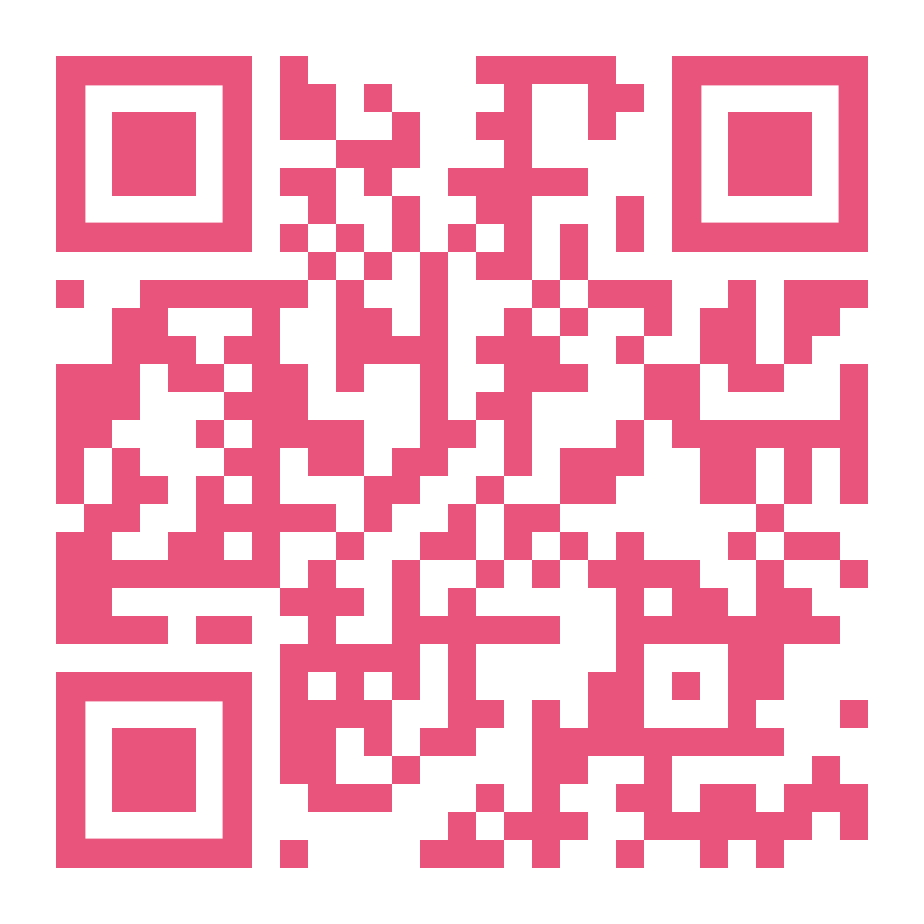Curriculum development and Multimedia Design in the Brazilian Amazon: a case study of a tertiary education degree majoring in multimedia production
Abstract
The undergraduate degree majoring in Multimedia Production Technology at the Federal University of Pará (UFPA) started in 2013, with an yearly intake of 26 students admited through a highly competitive selective process to offer the dreamed free public education in Brazil. The course is located in a sui generis cultural and geographical environment close to the Amazon river and forest. Marajó people lived in the region 3,500 years ago, and they have advanced knowledge in natural medicinal compounds, ceramics and dyes, a culture that remains in Marajoara pottery. Its Pedagogical Project, as it is how it is called the course curricula in Brazilian education, still in force, encompasses components that spread over four semesters, with in-person classes that take place at night. The profile of students are usually youngsters that work during the day and go to the university to study at night, a reality that is common for many Brazilians. The degree is classified a technological tertiary degree prepares students for the industry, fostering them skills and abilities that are focused on the field of Multimedia Design. The curriculum is encompassed by the most fundamental demands of society and its wicked problems, and they aim to produce innovation in all academic instances, including teaching and learning, research, and extension. In this way, the Amazonian environment in which the state of Pará is located, with its geographic, historical, social, cultural, and artistic specificities, naturally impacts the preparation of students' course conclusion works. The course has been through a complete redesign to respond to the technological transformations that technology has advanced in contemporary societies. The course refreshment was conducted by a collegiate group of staff members belonging to the Faculty of Visual Arts, expected to come into force in 2022. This presentation advances four projects in the context of this degree which themes articulating concerns about problems found in Amazon society. The artwork Terra Firme Digital (Morais, Lima & Oliveira, 2016) proposed developing a collaborative platform among the residents of Terra Firme's neighbourhood with the dissemination of extroversion murals of their projects to open a dialogue with everyone involved. The work Jensino (Medeiros, 2019) advanced a proposal for a gamification platform to assist in the learning of the Parkatêjê language for use by the indigenous community, which has been losing that linguistic tradition. The artwork Warao: A Journey of Survival (Alves, Almeida, Santos & Ramos, 2021) presented a documentary about the saga of Venezuelans in search for better life opportunities in, and the work Quilombo Conected: a Visual Identity, by Tayanne Sanches and William Rosa focused on building a visual identity for an ongoing digital training project for the quilombola (people remaining of an ethnic-racial group formed by descendants of runaway enslaveds during the slavery period in the country) community to which they belong.

Copyright (c) 2021 Isis Antunes

This work is licensed under a Creative Commons Attribution 4.0 International License.
